A weekend in Seville: travel guide, things to do, food and drink
Everything you need to know for a city break in Andalusia’s capital
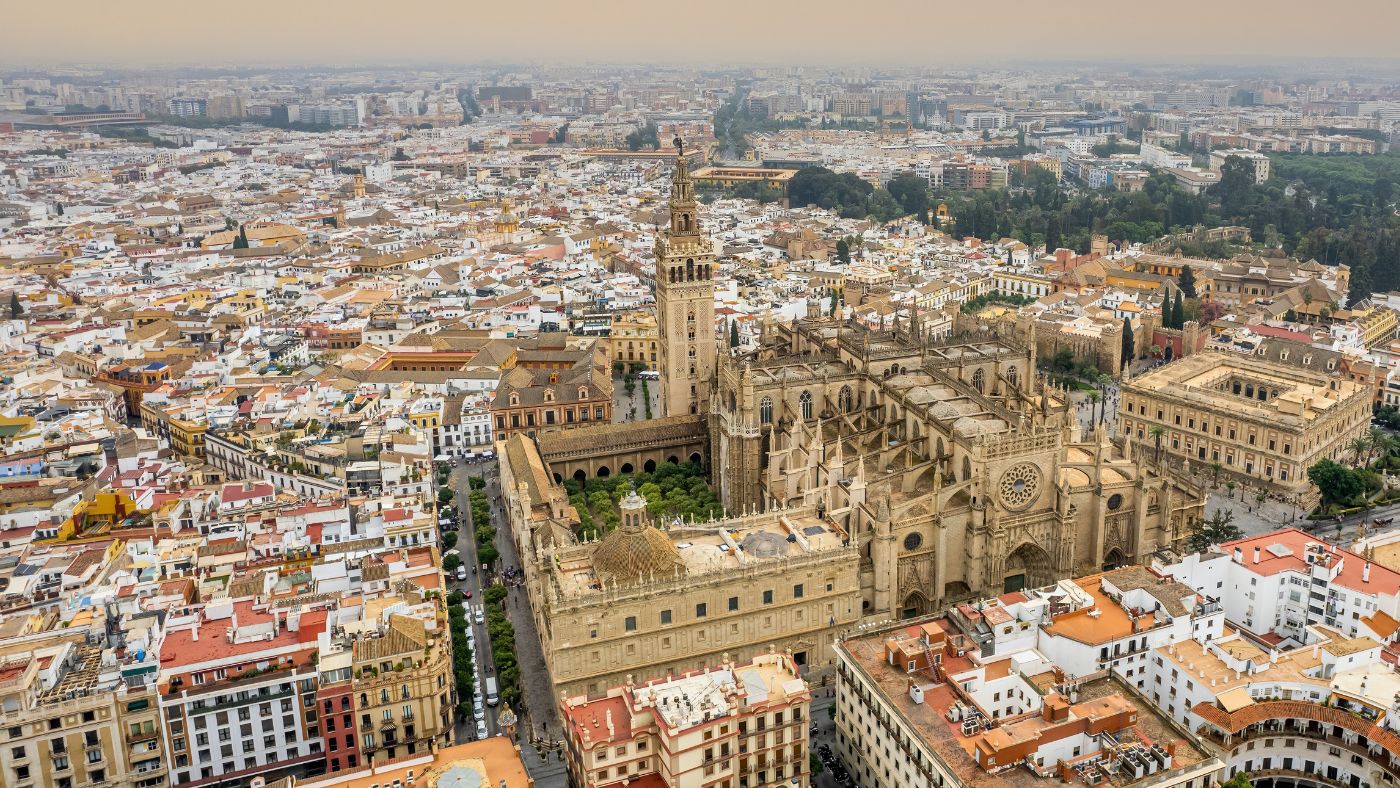
Why you should visit Seville
Nicknamed “the frying pan of Spain” for its weather and one of Spanish football’s most heated rivalries, Seville’s sizzling reputation is no exaggeration. Temperatures can swell close to the 40C mark from May onwards, and the city remains warm throughout the year, barely dipping below 10C, even in winter.
The Andalusian capital is romantic, intoxicating and unashamedly Spanish. Unlike the more cosmopolitan flavours of Barcelona or Madrid, Seville wears its bullfighting- and flamenco-loving heritage like a badge of honour. This is Hemingway country: a colourful mishmash of Moorish and Catholic architecture and labyrinthine cobbled streets that lead unexpectedly to crumbling plazas filled with charming tabernas.
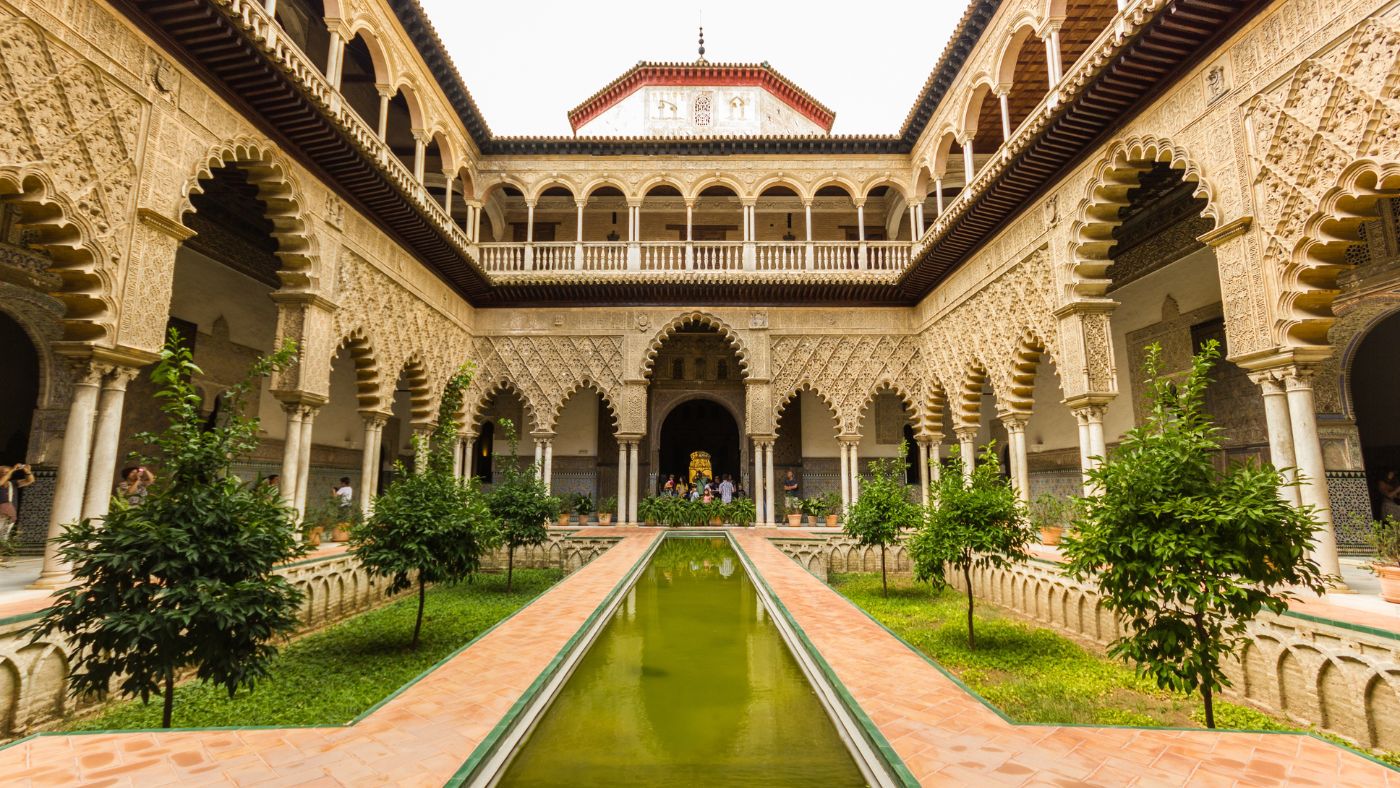
Top attractions and things to do
Seville is a very walkable city and thanks to the popular Sevici municipal bike rental scheme, it’s bicycle-friendly too – making it easy to navigate the big attractions. “One lesson learned the hard way,” said Bon Traveler, is that “everything needs to be booked in advance”.
The Week
Escape your echo chamber. Get the facts behind the news, plus analysis from multiple perspectives.

Sign up for The Week's Free Newsletters
From our morning news briefing to a weekly Good News Newsletter, get the best of The Week delivered directly to your inbox.
From our morning news briefing to a weekly Good News Newsletter, get the best of The Week delivered directly to your inbox.
Catedral de Sevilla and La Giralda
Catedral de Sevilla, the largest Gothic cathedral in the world, and La Giralda bell tower dominate the city centre and act like a reference point to explore the other nearby landmarks. With a 40m-plus high nave and 80 chapels, the basilica’s scale is “jaw-dropping”, said Fiona Flores-Watson in The Telegraph. Also, “be sure to climb up” the Giralda bell tower, formerly the minaret of the mosque which stood here, for “fabulous views” over the Santa Cruz barrio (neighbourhood).
Royal Alcazar
Just around the corner from the cathedral is the Royal Alcazar, a former Moorish palace originally built as a fort in the 10th century. “Game of Thrones” fans will recognise the opulent courtyards and peacock-festooned gardens as the fictional land of “Dorne” – and it’s a stirring taste of the city’s Moorish past.
A free daily email with the biggest news stories of the day – and the best features from TheWeek.com

Plaza de España
Seville's other famous landmark is the photogenic Plaza de España, an ornate plaza built for the Ibero-American Exposition of 1929 on the edge of the Maria Luisa Park. Measuring 50,000 square metres, the Plaza is the size of five football pitches, said andalucia.com, and all along the walls by the canal are 48 alcoves with benches, “one for each province of Spain”, each with a relevant tableau and map, all designed on colourful “azulejos”, painted ceramic tiles.
Santa Cruz: the old Jewish quarter
All the guidebook “musts” are located in Santa Cruz, the attractive central barrio and old Jewish quarter. Here, cobbled streets and secret passageways “tangle together” leading to secret plazas shaded by orange trees, said Sarah Gordon in The Times. The city’s “eclectic history of faiths” is embodied by the Santa Maria la Blanca church in the centre of the neighbourhood. The site was “originally an ancient mosque, and then a synagogue in 1252, before being consecrated by Christians in 1301”. It is the only church in Spain to “still have elements of the three faiths”.
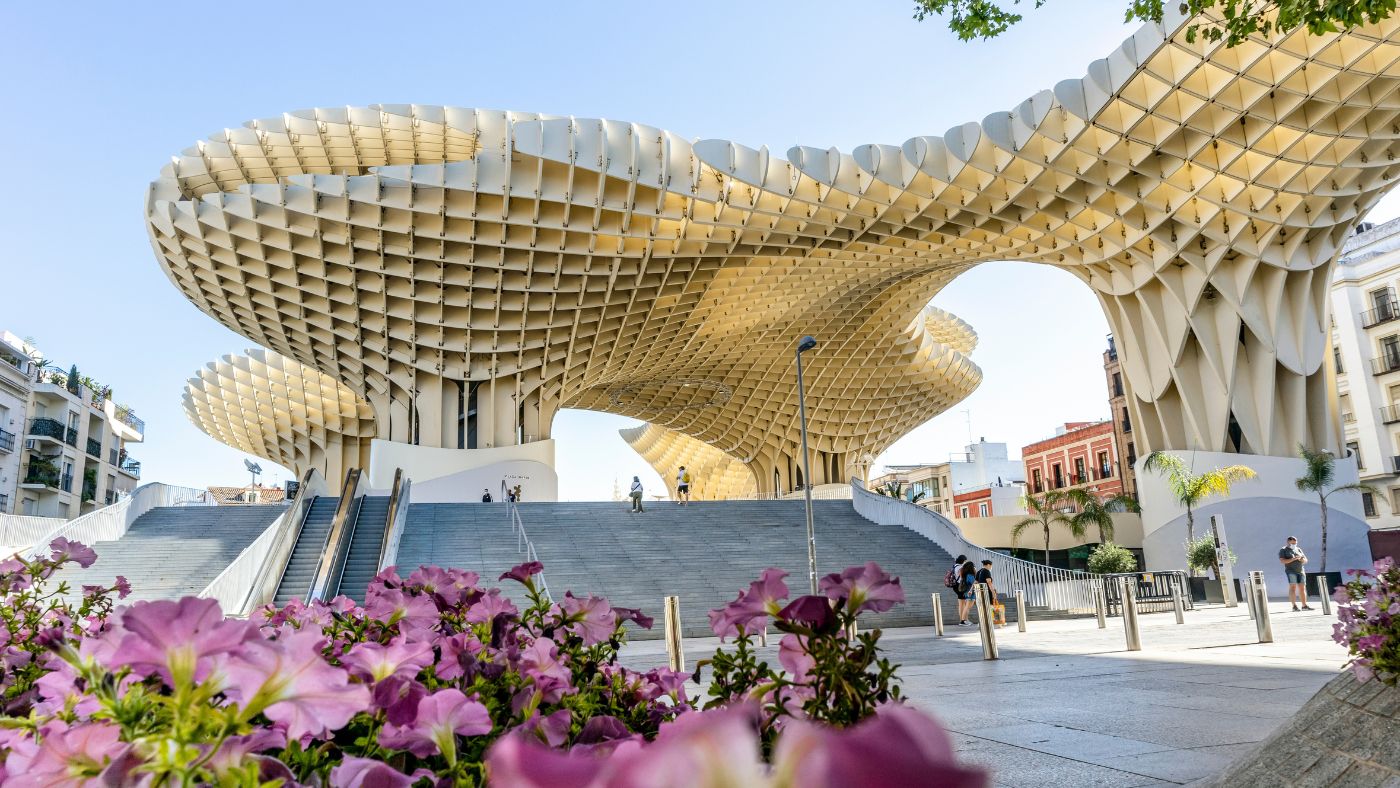
Metropol Parasol
Modern attractions are scant but Seville’s newest landmark is also its most controversial. The Metropol Parasol – AKA “the mushrooms” – is a wooden observation platform rising some 30 metres above the city designed by German architect Jurgen Mayer H. The structure opened in 2011 and while it remains a “Marmite” building, the commanding views and cluster of new restaurants underneath it warrant a visit. Better still, it also serves as an unofficial gateway to the city’s spellbinding La Macarena barrio, where getting lost amid winding streets, historic churches and tiny bars proves the best attraction of all.
Shopping and markets
The city is a “bargain hunter’s paradise”, said Mark Nayler on Culture Trip, with “every possible kind of goodie” on offer on its “chaotic streets” and in “smart covered markets”. Mercadillo El Jueves, Seville’s largest and most colourful flea market, is a “treasure trove”, and if you’re exploring the Triana neighbourhood, “don’t leave without shopping, eating or drinking at its wonderful covered market”.
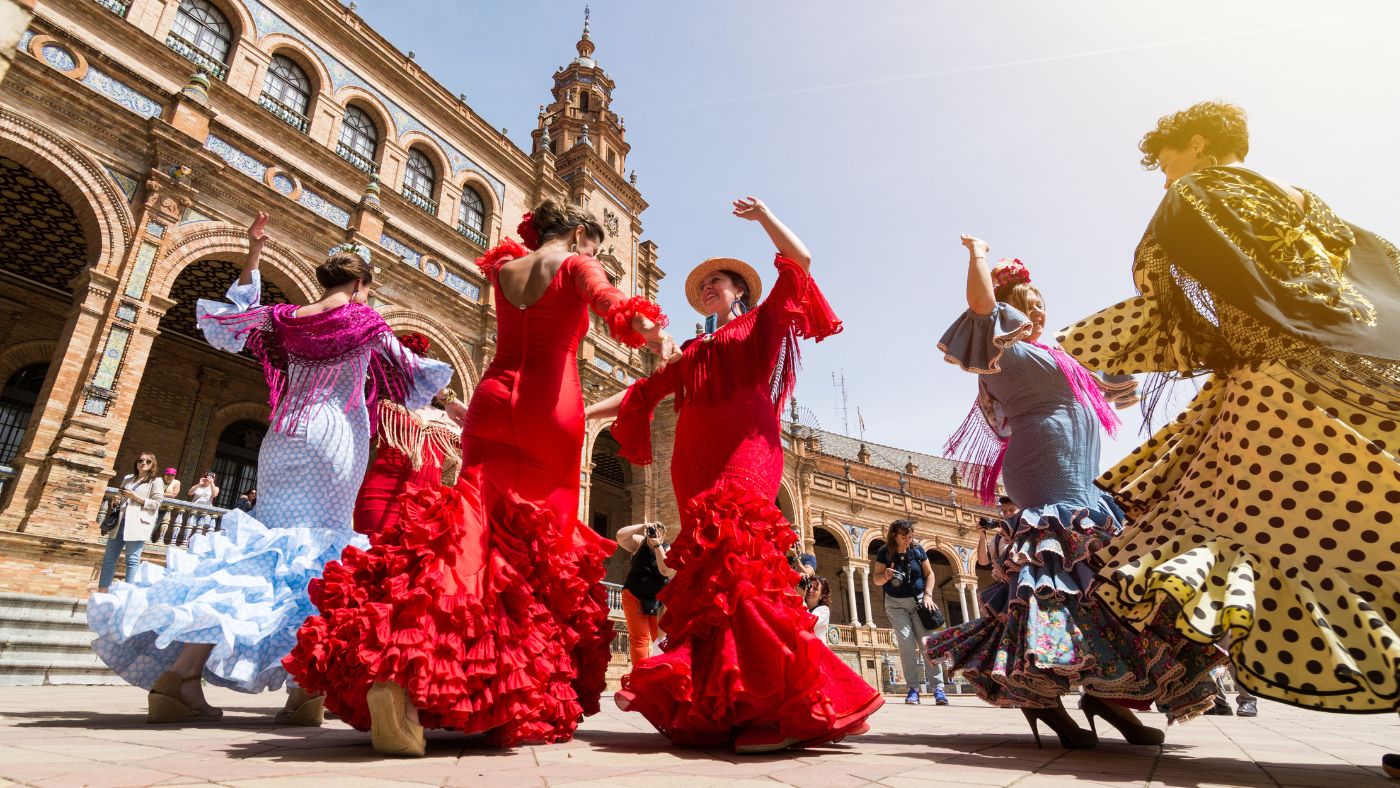
Go to a flamenco show
As the birthplace of flamenco “it’d be rude not to take in a show”, said Charley Ross in The Independent. For “something intimate”, Casa de la Memoria is a “bijou” venue just off a side street filled with tapas bars. For a “larger, more raucous” performance, try La Casa del Flamenco in the former Jewish quarter, Santa Cruz. “Shows are delivered in Spanish, but the passion and dance moves transcend language.”
Major events and ‘El Gran Derbi’
In the week leading up to Easter, the eye-catching Semana Santa (Holy Week) processions will take over the city from 24-31 March in 2024. This is followed a few weeks later by the Seville Fair (Feria de Abril), an annual celebration of all things Andalucian. The rivalry between Real Betis and Sevilla FC has “divided allegiances” and “even families” within the city for “more than a century”, said LaLiga.com. Sevilla FC are scheduled to host the first “El Gran Derbi” of the season on the weekend of 12 November 2023 while Real Betis will be at home on the weekend of 24 April 2024.
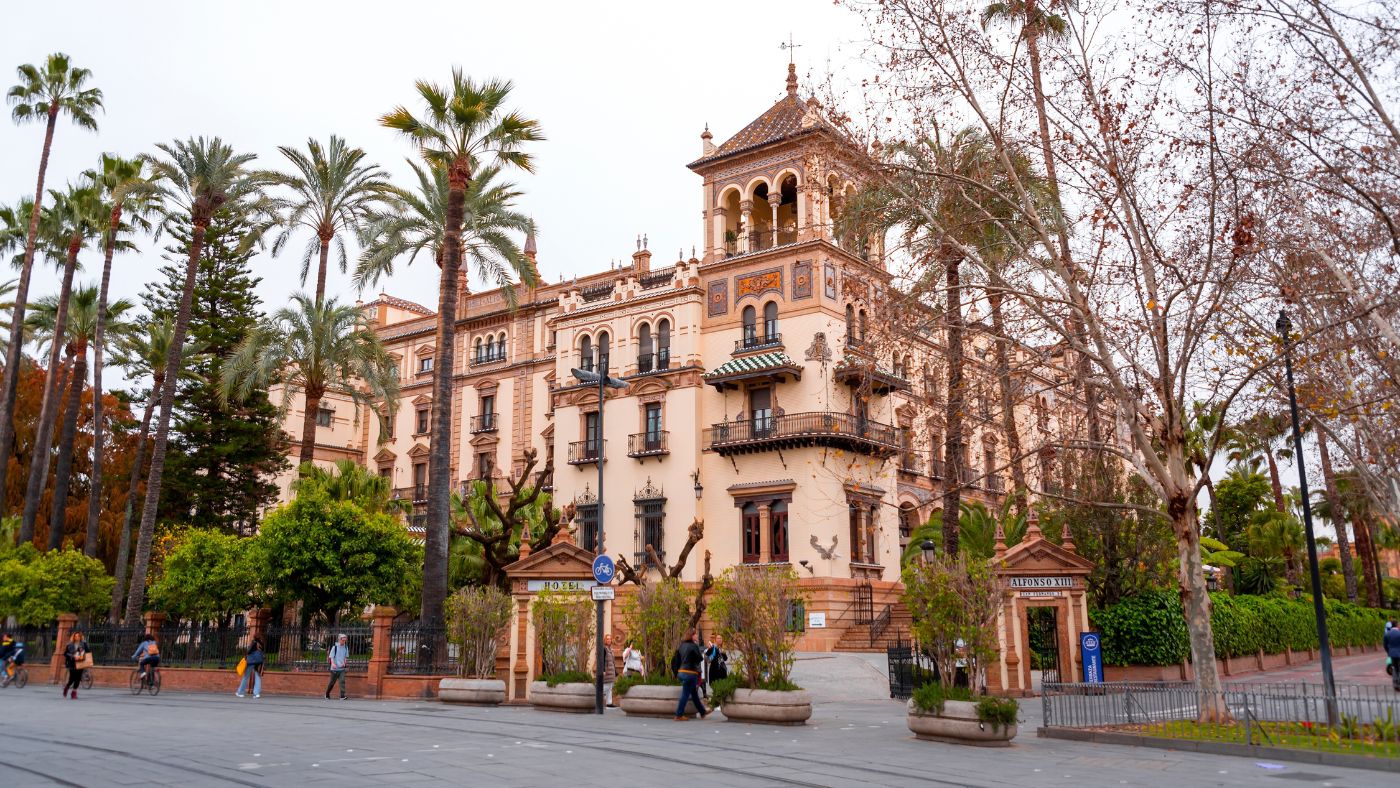
Places to stay: best hotels and accommodation
For a taste of “truly regal extravagance”, look no further than Hotel Alfonso XIII on Calle San Fernando, said Agnish Ray in Condé Nast Traveller’s pick of the best hotels in Seville. Built for the 1929 Expo, this “majestic” establishment was “commissioned by the then king of Spain, who gave it his own name”. On the edge of the Plaza San Francisco in Casco Antiguo, Nobu Hotel Sevilla is “blessed” with “one of the best locations in the city’s historical heart”, while Seville-based hotel brand Unuk has opened a “stylish townhouse” in the Soho district, a “flourishing barrio for contemporary art galleries, independent clothing outlets and handicraft boutiques”.
Five hotels in Seville have a 9/10 rating in The Telegraph. Top of the list is Radisson Collection Hotel Magdalena Plaza Sevilla, which is home to an “outstanding” restaurant by three-time Michelin star-winner Eneko Atxa and a rooftop bar with “groovy” seating and a small pool. Another top pick is boutique hotel Casa del Poeta, which is “so discreet it doesn’t even have a sign”. This restored 17th-century mansion is “hidden down a tiny alley” in Santa Cruz.
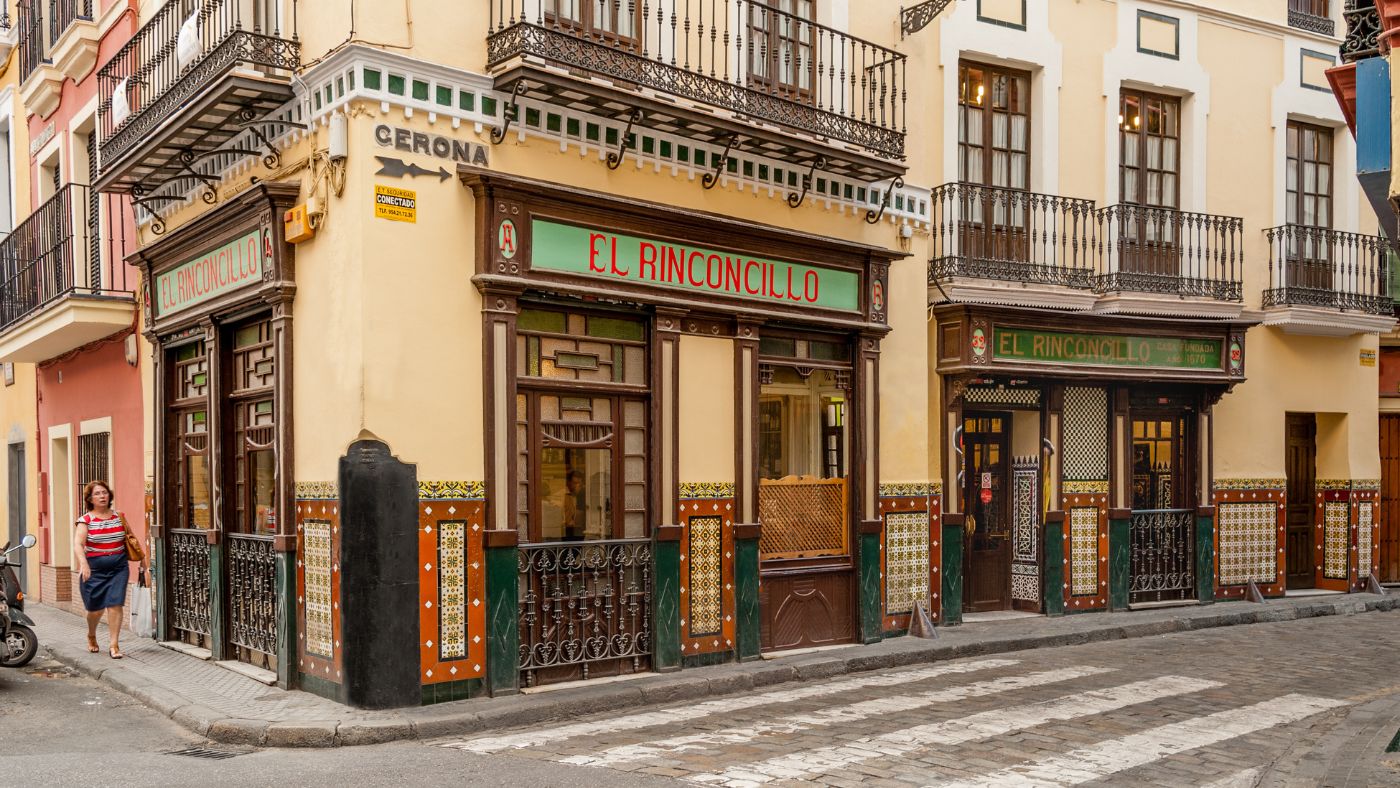
Eating and drinking: best restaurants and bars
Seville’s food scene has flourished in recent years. Eating out is a daily ritual for Sevillians, starting with dynamite espressos (and little else) in the morning through to leisurely lunches and late, late dinners. The city is simply brimming with traditional, informal tabernas that invite you to stand shoulder-to-shoulder with locals around upturned barrels and tuck into plates of gossamer-thin jamon iberico, patatas bravas and addictive croquettas.
Have your fill at El Rinconcillo, Seville’s oldest tapas bar, or for a more modern experience pop down to the sleek Lonja del Barranco market on the banks of the Guadalquivir river. Built from a 19th-century marketplace and opened in 2014, this contemporary dining spot comprises gourmet tapas stalls showcasing the finest local produce. In the evening, continue to do as the locals do and cool off with a mini tub of helado (ice cream) from one of the many late night vendors, then pitch up and people watch in a plaza and soak it all in.
Don’t be tempted by overpriced sangria at the tourist-geared bars and restaurants surrounding the cathedral. Simply dive a few streets away into one of the myriad bars for glasses of local Cruzcampo beer and “tinto de verano” – a refreshing red wine and lemonade concoction – that you can pick up for a few euros.
The central Alameda de Hercules is Seville’s nightlife hotspot, known for its bustling cocktail bars, restaurants and nightclubs. The eclectic and clandestine La Bicicleteria bar, located just off Calle Feria, is reminiscent of Budapest’s ruin bars and the ramshackle, living room-style watering holes in Berlin. Another hipster favourite is the Hotel EME Catedral Mercer on Calle Alemanes, where you can partake of refreshing mojitos on the beautiful roof terrace while enjoying direct views over the cathedral. And for a more upmarket experience, pitch up at the Art Deco-style Bar Americano in the palatial Hotel Alfonso XIII – one of Seville’s most famous addresses.
Transport: how to get to Seville
San Pablo Seville Airport (SVQ), the sixth busiest airport in Spain, is located six miles east of the city centre. Airlines including Ryanair, easyJet, Vueling and British Airways fly directly from airports in the UK. Arrivals at Seville Airport can take a 35-minute bus ride to Plaza de Armas in the city or a taxi will take around 15 minutes.
-
 Why is Trump’s alleged strike on Venezuela shrouded in so much secrecy?
Why is Trump’s alleged strike on Venezuela shrouded in so much secrecy?TODAY'S BIG QUESTION Trump’s comments have raised more questions than answers about what his administration is doing in the Southern Hemisphere
-
 Vance’s ‘next move will reveal whether the conservative movement can move past Trump’
Vance’s ‘next move will reveal whether the conservative movement can move past Trump’Instant Opinion Opinion, comment and editorials of the day
-
 Why recognizing Somaliland is so risky for Israel
Why recognizing Somaliland is so risky for IsraelTHE EXPLAINER By wading into one of North Africa’s most fraught political schisms, the Netanyahu government risks further international isolation
-
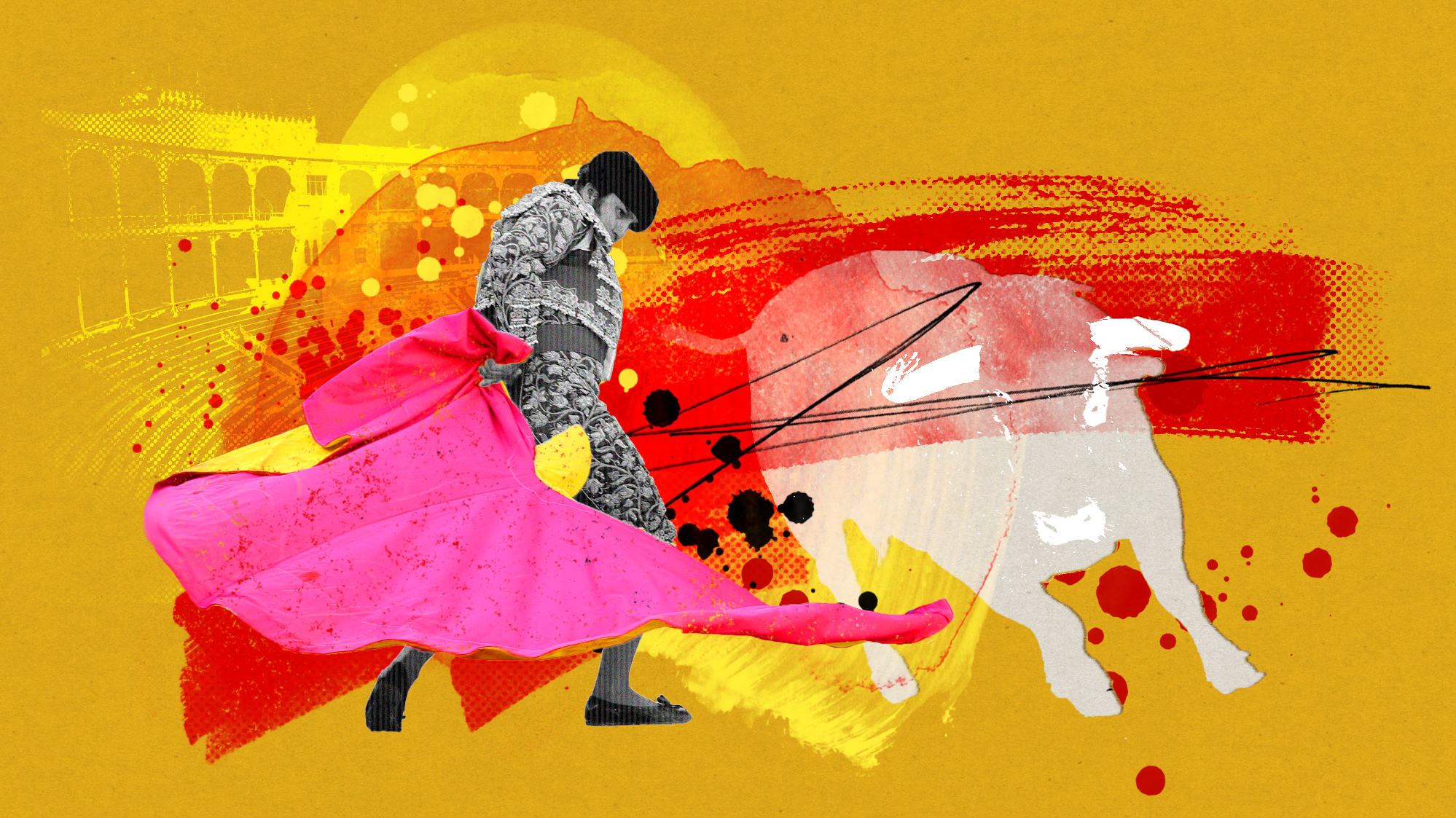 Spaniards seeing red over bullfighting
Spaniards seeing red over bullfightingUnder the Radar Shock resignation of top matador is latest blow in culture war over tradition that increasingly divides Spain
-
 ‘Hypocrisy’ and ‘blackmail’: Ryanair’s feud with Spain
‘Hypocrisy’ and ‘blackmail’: Ryanair’s feud with SpainUnder the Radar Bitter row over rising fees sees the Irish budget airline slash a million seats on regional routes this winter
-
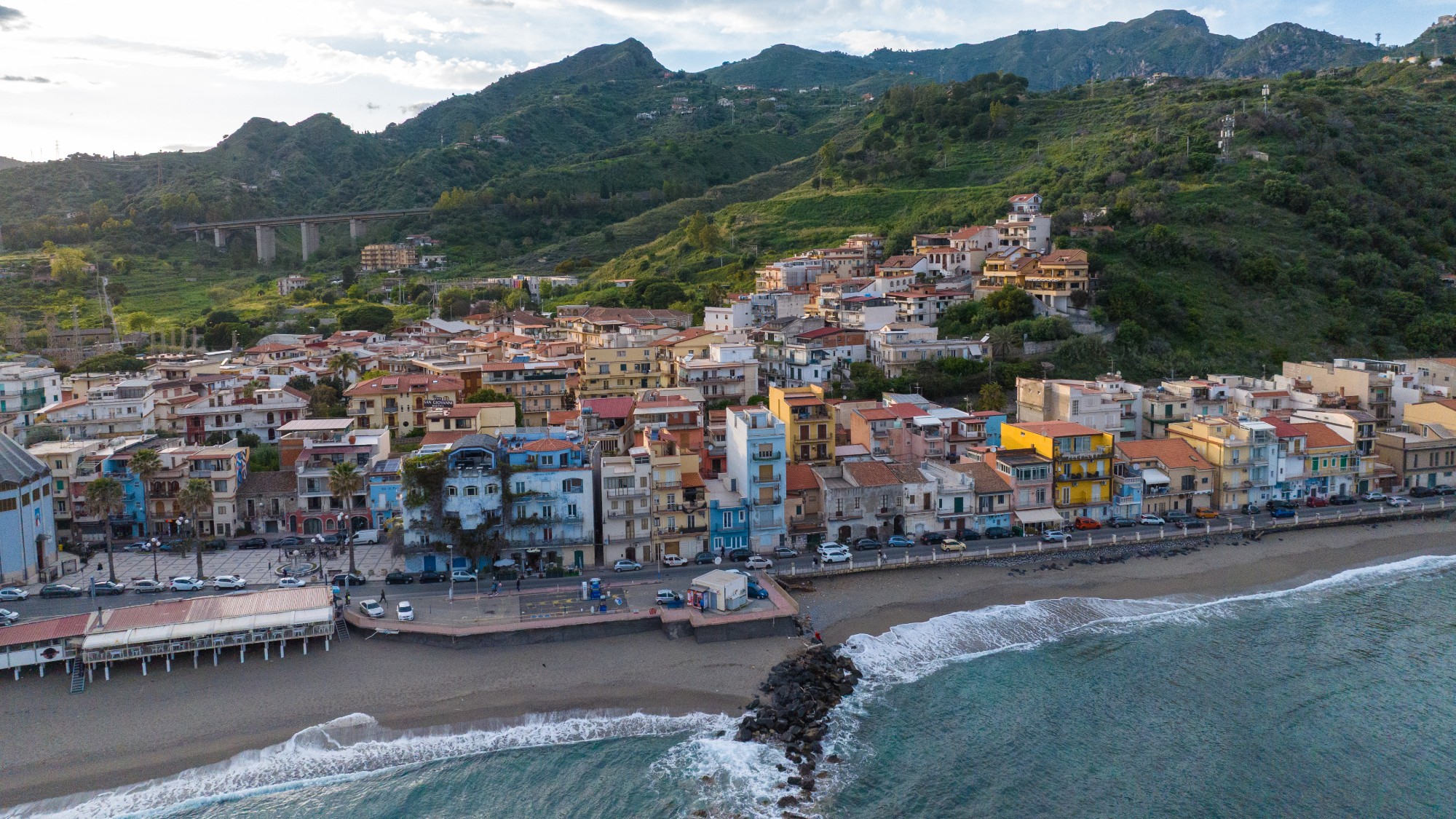 Destination unknown: the exciting ins and outs of mystery travel
Destination unknown: the exciting ins and outs of mystery travelThe Week Recommends Surprise yourself the next time you vacation
-
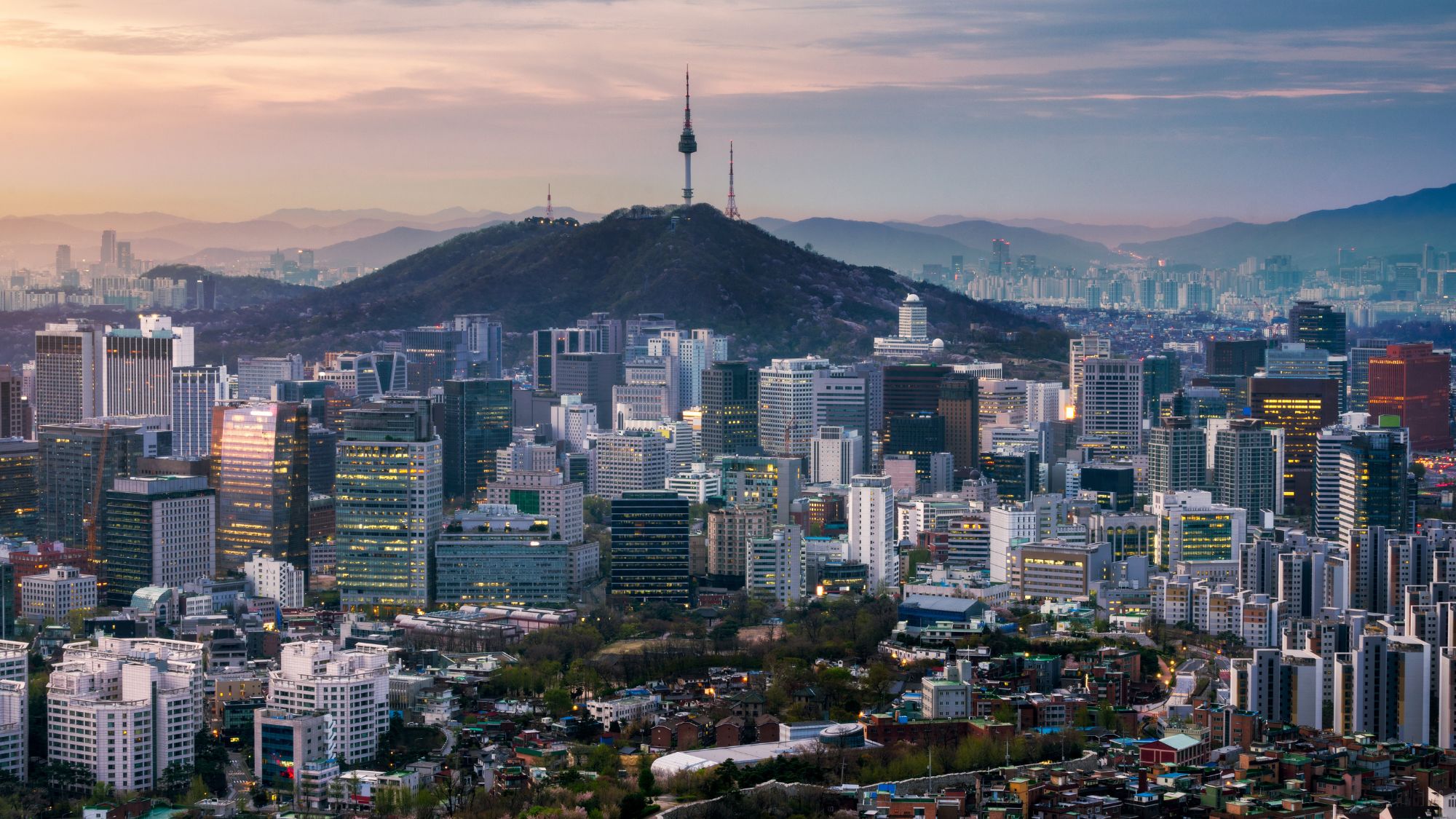 South Korea highlights: ancient history meets modern culture
South Korea highlights: ancient history meets modern cultureThe Week Recommends From the bright lights of Seoul to Busan's beaches and the 'living museum' of Gyeongju, this tour offers a taste of a unique heritage
-
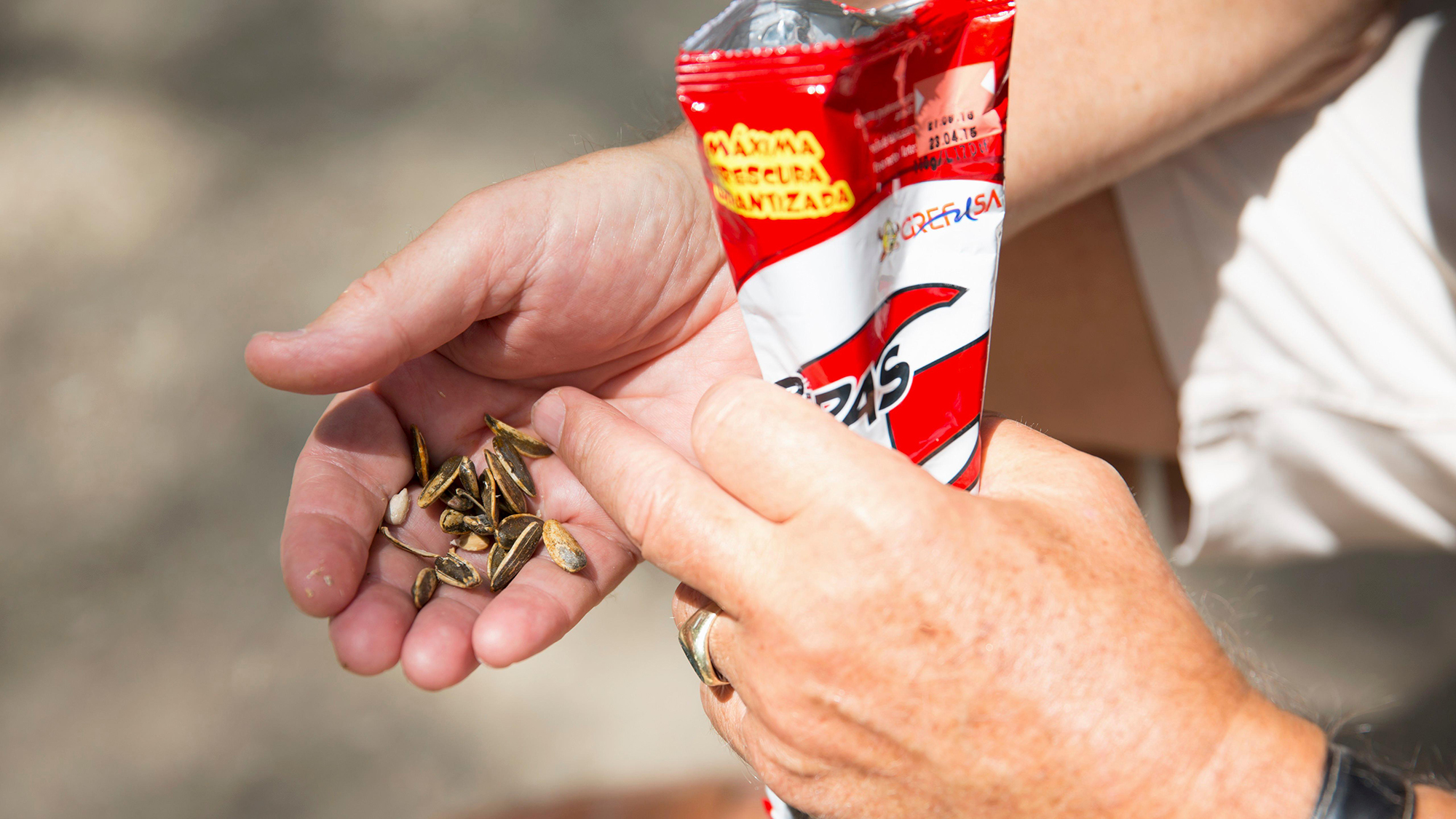 Spain's love of sunflower seeds is wrecking its football stadiums
Spain's love of sunflower seeds is wrecking its football stadiumsUnder the Radar One club controversially bans 'national vice' as discarded 'pipas' shells block drains and erode concrete
-
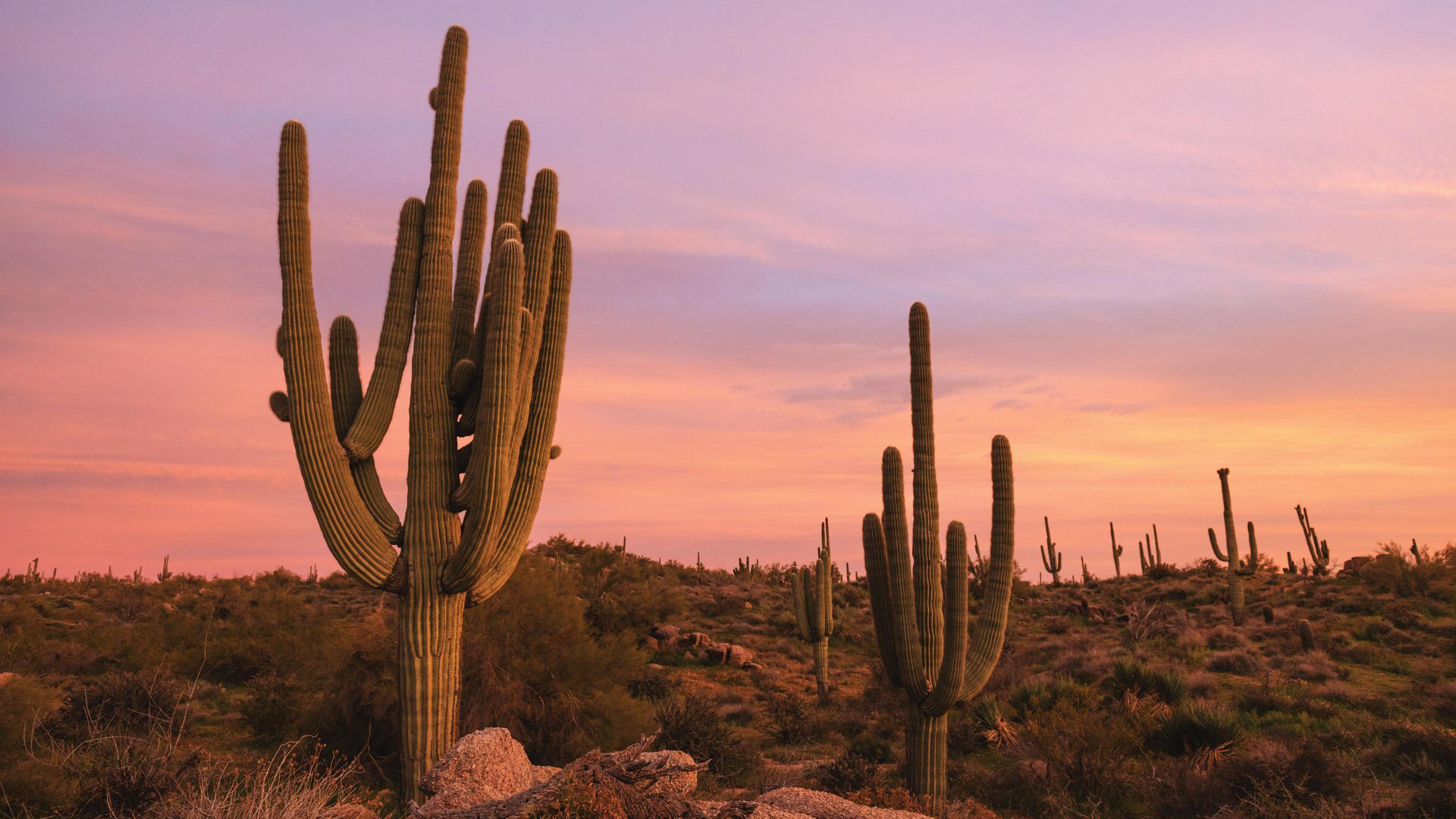 Desert wellness in Scottsdale: the best of Arizona's Old West
Desert wellness in Scottsdale: the best of Arizona's Old WestThe Week Recommends Boost body, mind and soul in this hub of healthy living
-
 The Supreme Court revives a family's quest to recover looted Nazi art
The Supreme Court revives a family's quest to recover looted Nazi artUnder the Radar The painting in question is currently in a Spanish museum
-
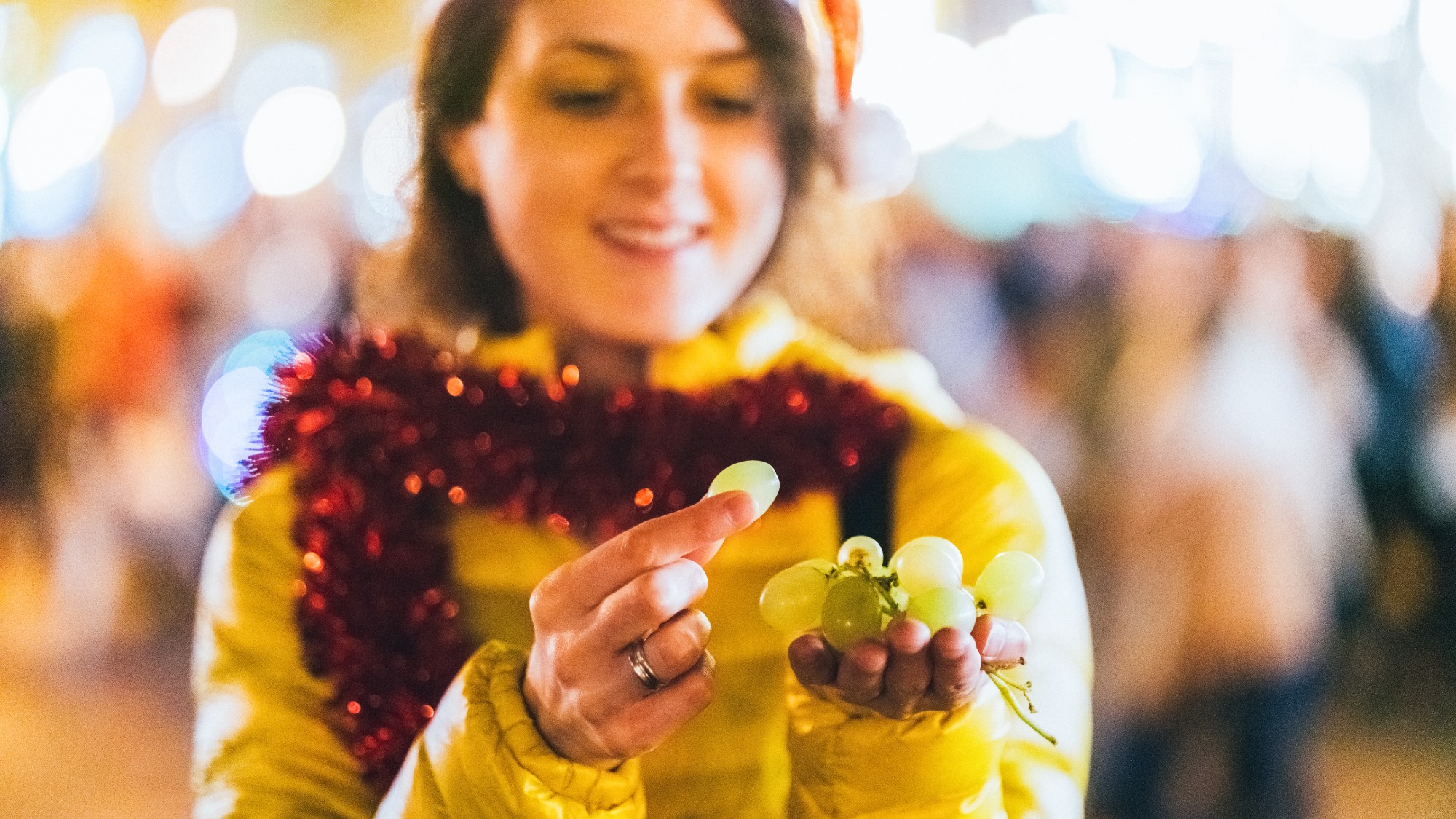 How to celebrate New Year's Eve globally without leaving home
How to celebrate New Year's Eve globally without leaving homeThe Week Recommends Stock up on grapes and (safely) set a scarecrow on fire